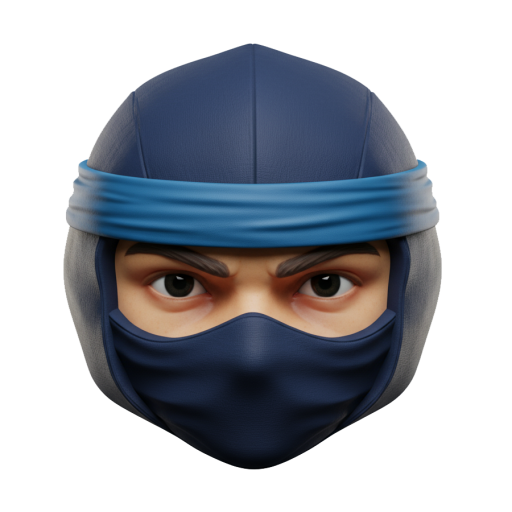Shoppers give a design roughly 2–3 seconds of attention, whether they’re scrolling a feed or skimming a rack. At arm’s length—about 60–80 cm—your layout either guides the eye or it doesn’t. As ninja transfer designers have observed across multiple projects, the winners are rarely the ones with more effects; they’re the ones with clearer decisions.
DTF is Digital Printing powered by Inkjet Printing on PET film backed by white, which means we can run Short-Run drops, personalize, and pivot quickly. In Asia, where seasonal promos can shift week to week and cultural nuances matter, this flexibility shines—localized typography, bilingual lockups, and color tweaks keep the brand fluent without feeling fragmented.
The trap is to do everything. The trick is to choose. In this piece, I’ll share what actually holds up once artwork meets heat, from hierarchy and brand voice to color control and the practical question everyone asks in production: do we mirror, or not?
The Psychology of Visual Hierarchy
Big shapes, bold contrast, and a single focal point do more heavy lifting than the details we obsess over at 400% zoom. In tests, large silhouettes and color blocks can drive 60–70% of first‑glance recognition. If you’re laying out a chest print or a tote panel, let one element lead—logo, wordmark, or hero icon—and let everything else support that rhythm.
Micro matters, but only after macro. Fine lines under 0.4–0.6 mm can break up on textured cotton or rib knits, and tiny scripts tend to fill in. For body text, keep it comfortably legible: think 12–16 pt for statements and 8–10 pt only for care or legal notes. Test on the actual substrate—jersey vs canvas reacts differently to the same stroke width.
Whitespace is not wasted space. I plan for 20–30% negative space in most layouts so the message breathes, especially on crowded merch walls. If you’re developing graphics for dtf wholesale prints, that margin saves time downstream—less last‑minute resizing, fewer emergency edits when a new size curve appears.
Translating Brand Values into Design
Start with your brand’s promise, then turn it into tangible choices: type hierarchy, color system, and a few distinctive moves you repeat. A tech brand might lean on crisp grids and steady sans serifs; a heritage café might pair a warm serif with a hand‑drawn emblem. If you’re building a line of ninja heat transfer graphics, keep that signature—curve, angle, or texture—across SKUs so the story reads at a glance.
Build a lean kit so teams can move fast without diluting the look. I like 8–12 core elements: 2–3 display type styles, 4–6 approved color swatches (including a dark‑garment fallback), 1–2 secondary textures, and a logo set with clear size rules. That scale handles Short-Run promos and seasonal pivots without spiraling into inconsistent one‑offs.
Cultural sensitivity adds real depth in Asia. Bilingual lockups, vertical rhythm for certain scripts, and careful color symbolism matter—what reads celebratory in Jakarta may feel formal in Tokyo. Here’s where it gets interesting: a Kuala Lumpur merch drop felt warmer when we swapped pure white for a slightly creamy base; the shift was small but the response was tangible. When scaling to dtf wholesale prints, we kept both options in the kit—different markets, same brand soul.
Color Management and Consistency
DTF uses Water-based Ink on PET Film with a white underbase, so color behaves differently than on paper. I target ΔE 2–4 for brand colors and accept a wider 4–6 range for secondaries across different garments. Lock your master swatches in your design files and export at 300–400 PPI for final print areas; it stabilizes edges and reduces the guesswork in conversion under Digital Printing workflows.
About that perennial question—“do you mirror dtf prints?” If you’re producing in-house and your RIP prints CMYK first with a white overflood, mirror the artwork so it reads correctly after pressing. If you’re uploading to a ready‑to‑press service, don’t mirror—let the provider’s workflow handle it. When in doubt, follow the ninja dtf transfer instructions: they outline press settings (typically 150–165°C for 8–12 seconds at medium pressure, roughly 0.3–0.5 MPa) and note whether files should be mirrored or not.
Production realities shape design choices. If you’re aiming for dtf prints next day, build a color plan your vendor can hit repeatably: swatch cards for your top 4–6 tones, a clear dark‑garment variant, and notes on acceptable shifts. In pilots, we often see 5–8% test waste fall to 2–4% once those swatches are approved. Turnarounds in the 24–48 hour range are realistic when artwork is clean and expectations are written down. And yes—the last check I make before sending? A quick, no‑filters photo under shop lighting. If it reads there, it reads anywhere. That simple ritual has saved me (and ninja transfer) more late nights than I’d like to admit.
